Tom's Hardware Verdict
Seagate’s 4TB FireCuda 530 is similar to the 2TB variant and dominates the Samsung 980 Pro and WD_Black SN850 in most of our tests, especially during sustained write workloads. As a result, Seagate’s FireCuda 530 takes the crown as the fastest M.2 SSD available.
Pros
- +
+ Fast PCIe 4.0 performance
- +
+ Impressive sustained write speeds and endurance
- +
+ Attractive design & heatsink
- +
+ 5-year warranty w/ 3-year rescue data recovery service
- +
+ Cool operation
- +
+ XTS-AES 256-bit encryption
Cons
- -
Expensive
- -
Less efficient than some competitors
Why you can trust Tom's Hardware
September 7, 2021 Update: We've updated this article with new testing for the 4TB Seagate FireCuda 530 M.2 NVMe SSD on page 2. This drive has also been added to our list of Best SSDs for the PS5.
Original Review for the 2TB capacity was published on August 22, 2021:
Seagate’s FireCuda 530 will burn through workloads, but will just as likely set your wallet ablaze at checkout. This lightning-quick PCIe Gen4 NVMe SSD delivers some of the best performance we’ve seen, but at roughly twice the price of an average NVMe SSD. The FireCuda 530 is a premium device for built professionals, rather than the average gamer.
We’ve been eagerly awaiting retail SSDs with Micron’s 176L TLC replacement gate flash, ever since we took a close look at a Phison PS5018-E18-based engineering sample paired with it. After seeing that promising performance, we couldn't wait to see a retail product. While our recent review of Crucial’s P5 Plus gave us another perspective on this new flash with a different controller, it was apparent that to truly unlock the potential of Micron’s new flash, Phison’s E18 NVMe SSD controller was needed.
Today, we look at the Seagate FireCuda 530 to gain even more perspective on Micron’s new flash. The FireCuda 530 is closely based on the same components and layout as the Phison engineering sample, but there is a difference beyond just the sticker overtop of the hardware and optional heatsink SKU.
Seagate’s FireCuda 530 features Seagate-validated, final production firmware as well as production-grade flash rated for 3000 program/erase cycles, not the early sample-grade flash that our sample had rated at just half the P/E cycles. Also, unexpectedly, the FireCuda 530 reports flash interface speeds clocking just 1,200 MTps, matching that of other E18-based SSDs paired with Micron’s 96L floating gate TLC rather than our engineering sample that ran at the full 1,600 MTps capability.
While these slower speeds may seem strange at first sight, this is likely done to ensure reliable and dependable performance under sustained abuse, as the FireCuda 530 comes with a robust warranty and endurance ratings. Unlike competing SSDs, the FireCuda 530 comes backed by data recovery services throughout the majority of its warranty, which we’re sure is one reason for its high price.
Get Tom's Hardware's best news and in-depth reviews, straight to your inbox.
Specifications
| Product | 500GB | 1TB | 2TB | 4TB |
|---|---|---|---|---|
| Pricing w/out Heatsink | $139.99 | $239.99 | $489.99 | $949.99 |
| Pricing w/ Heatsink | $159.99 | $259.99 | $539.99 | $999.99 |
| Capacity (User / Raw) | 500GB / 512GB | 1000GB / 1024GB | 2000GB / 2048GB | 4000GB / 4096GB |
| Form Factor | M.2 2280 | M.2 2280 | M.2 2280 | M.2 2280 |
| Interface / Protocol | PCIe 4.0 x4 / NVMe 1.4 | PCIe 4.0 x4 / NVMe 1.4 | PCIe 4.0 x4 / NVMe 1.4 | PCIe 4.0 x4 / NVMe 1.4 |
| Controller | Phison PS5018-E18 | Phison PS5018-E18 | Phison PS5018-E18 | Phison PS5018-E18 |
| DRAM | DDR4 | DDR4 | DDR4 | DDR4 |
| Memory | Micron 176L TLC | Micron 176L TLC | Micron 176L TLC | Micron 176L TLC |
| Sequential Read | 7,000 MBps | 7,300 MBps | 7,300 MBps | 7,300 MBps |
| Sequential Write | 3,000 MBps | 6,000 MBps | 6,900 MBps | 6,900 MBps |
| Random Read | 400,000 IOPS | 800,000 IOPS | 1,000,000 IOPS | 1,000,000 IOPS |
| Random Write | 700,000 IOPS | 1,000,000 IOPS | 1,000,000 IOPS | 1,000,000 IOPS |
| Security | N/A | N/A | N/A | N/A |
| Endurance (TBW) | 640 TB | 1,275 TB | 2,550 TB | 5,100 TB |
| Part Number | ZP500GM30013 | ZP1000GM30013 | ZP2000GM30013 | ZP4000GM30013 |
| Warranty | 5-Years | 5-Years | 5-Years | 5-Years |
Seagate’s FireCuda 530 comes in capacities of 500GB, 1TB, 2TB, and 4TB. The heatsink-less models are priced at roughly $0.24 per GB, while the models including a heatsink cost roughly $0.25-$0.32 per GB. The larger capacities are rated to deliver sequential speeds of up to 7.3/6.9 GBps read/write, and even the smallest capacity is rated for read speeds of up to 7GBps. Furthermore, the FireCuda 530 is rated to deliver upwards of 1,000,000/1,000,000 random read/write IOPS at its largest capacities.
Seagate backs the FireCuda 530 with rather high endurance ratings, more than twice that of the average Samsung or WD SSD. The 2TB model we are testing today is rated to sustain up to 2,550 terabytes of writes within its five-year warranty, and the 4TB is rated for up to a robust 5,100 TB of writes. While that is impressive, to say the least, what is even more impressive is the fact that the FireCuda 530 comes with three years of Rescue Data Recovery Services on top, to protect your precious data against unexpected data loss when traditional means fail. No competitor offers such robust protection.
Software and Accessories
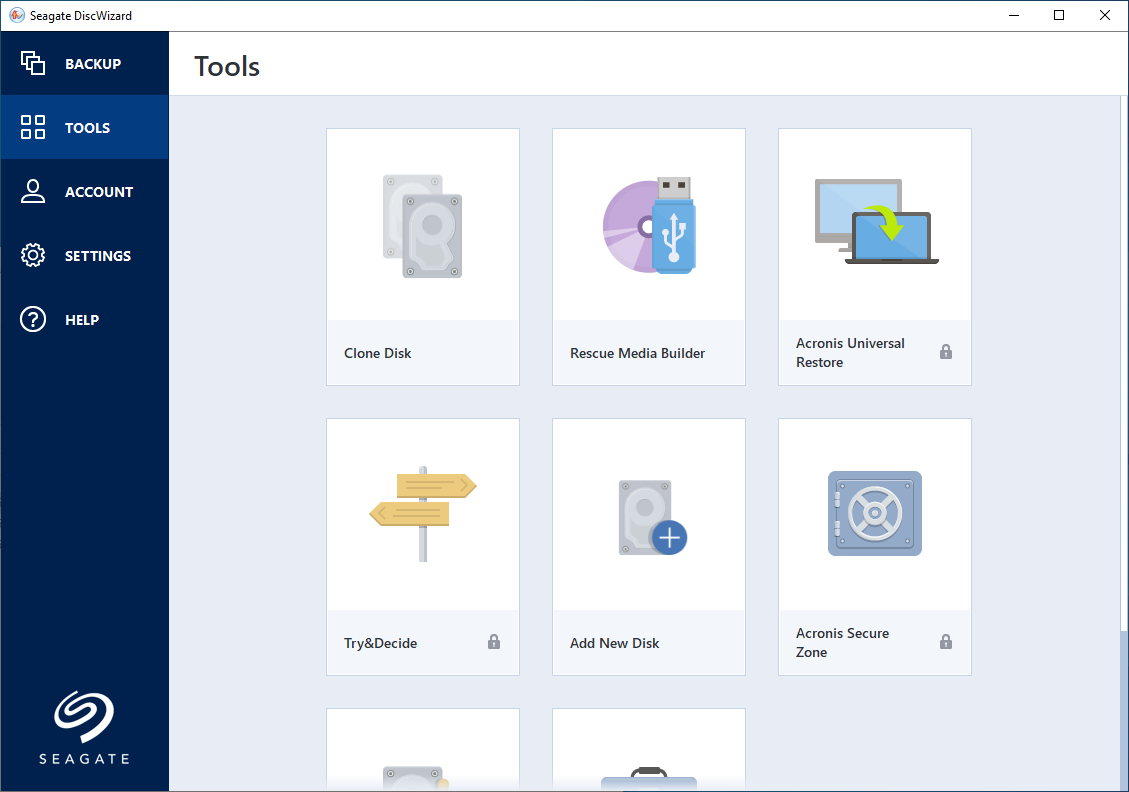
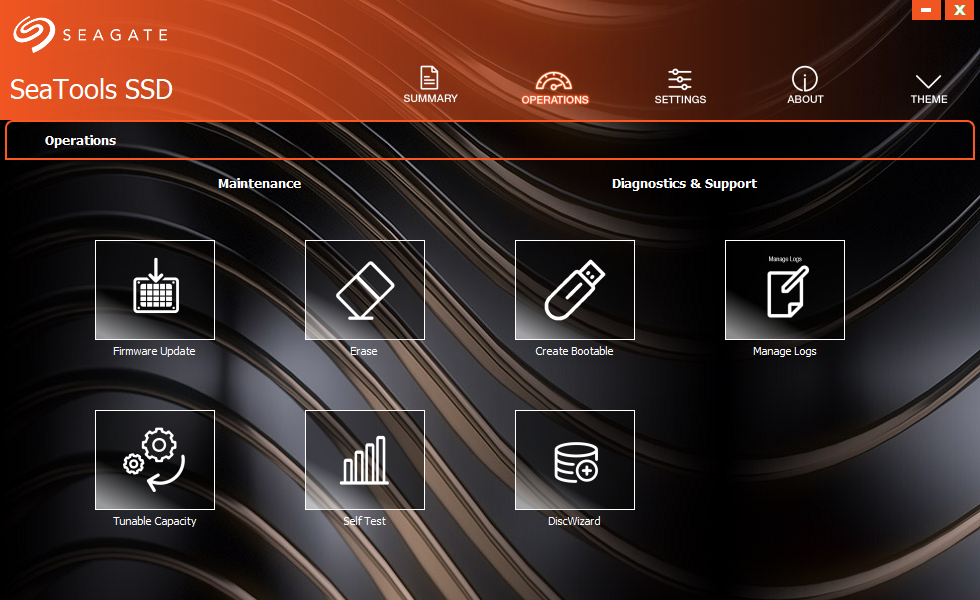
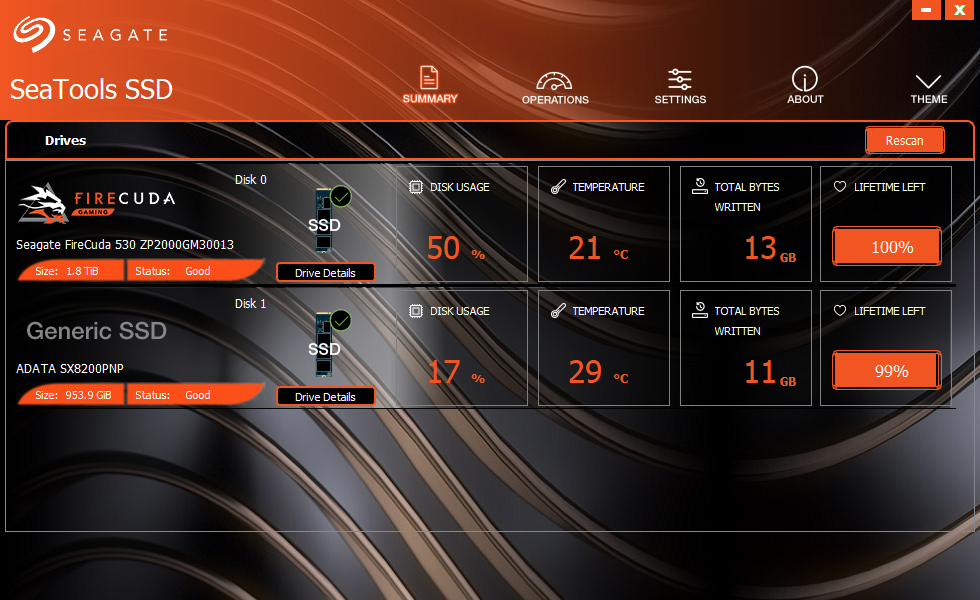
Seagate provides downloads to Seagate DiscWizard, essentially an OEM licensed copy of Acronis True Image, and Seagate Seatools GUI, a simple and easy-to-use app to monitor your SSD’s health and more.
A Closer Look


With its clean label and black PCB, the Seagate FireCuda 530 gets a thumbs up from us in the looks department. The drive comes in an M.2 2280 single-sided form factor at the 500GB and 1TB capacities and a double-sided form factor at the larger 2TB and 4TB capacities.
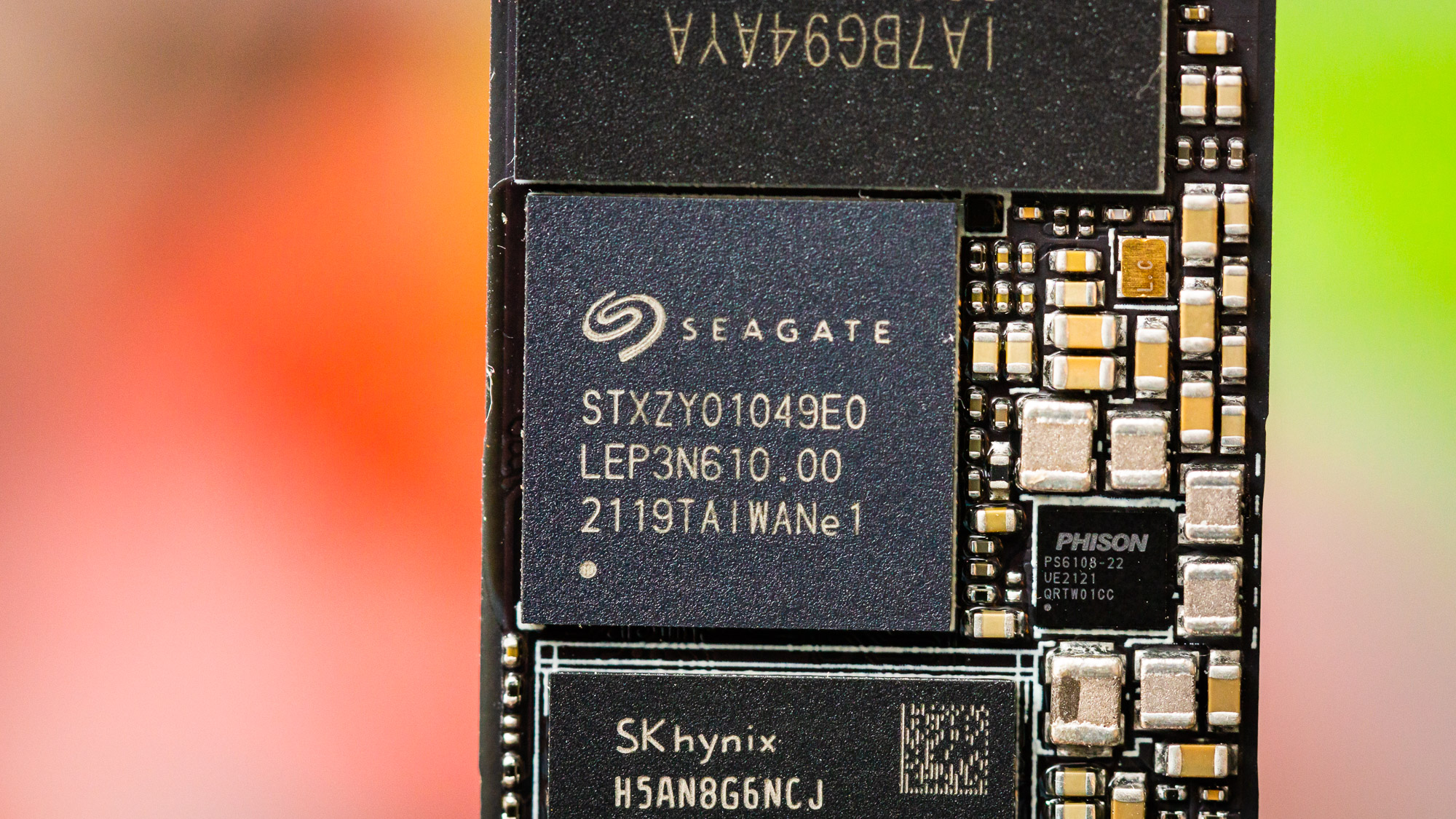
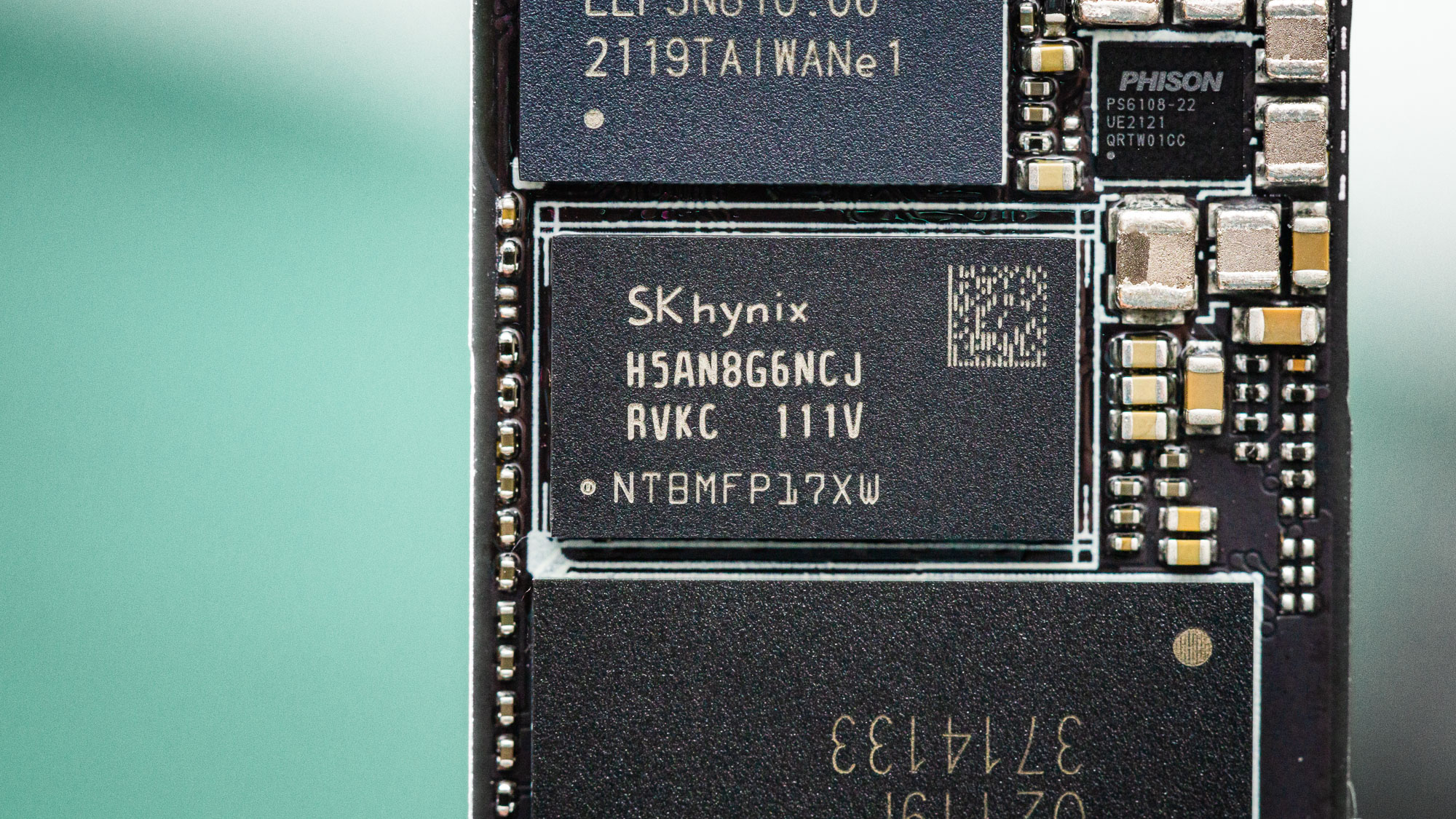
With Phison’s PS5018-E18 powering it, the FireCuda 530 boasts high-ranking performance capability that should run even faster now that it is paired with Micron’s newest flash. The E18 features a penta-core, DRAM-based architecture, with the primary cores clocking 1GHz. It utilizes an eight-channel PCIe 4.0 x4 NVMe 1.4-compliant design to interface with all the flash, and interfaces with two 8Gb SK hynix DDR4 DRAM IC at speeds of 1,600MHz to accelerate FTL access for low-latency mapping table addressing and wear-leveling.
Additionally, the controller is built on a 12nm process to ensure cool operation, although the controller also supports ASPM and ASPT, and L1.2, along with thermal throttle protection as well. Also noteworthy is the fact that the thermal protection limit has been raised from 70C to 90C. Furthermore, in terms of features, Seagate’s FireCuda 530 comes outfitted with Phison’s robust SmartECC engine, which leverages a fourth-generation Low-Density Parity-Check (LDPC) ECC. It also comes with end-to-end data path protection, Trim support, and S.M.A.R.T. data reporting capability. It also features XTS-AES 256-bit encryption that is enabled by default without user authentication and will prevent threat actors from reading data directly from NAND.



Built using such a robust controller in combination with thirty-two 512Gb dies of Micron’s production-grade 176L replacement gate TLC flash, the FireCuda 530 was made to perform. Surprisingly, though, the company still left some performance on the table in its implementation. Rather than operate the flash at 1,600 MTps as we had hoped for and expected, the 530’s flash operates at just 1,200 MTps, based on our software reports.
Still, this speed, when paired with all the benefits that the new flash has to offer, will provide for plenty of uplift in comparison to Phison E18-based SSDs paired with Micron’s 96L floating gate TLC interfacing at the same speed. Not only does this flash feature four planes, but also multiple physical enhancements to its design over the company’s previous memory. Micron’s replacement gate flash uses metal-based control gates, features an increased etch diameter, and reduced cell-to-cell capacitive coupling issues to provide for its fast performance and high-end endurance.
MORE: Best SSDs
MORE: How We Test HDDs And SSDs
MORE: All SSD Content

Sean is a Contributing Editor at Tom’s Hardware US, covering storage hardware.
-
2Be_or_Not2Be "Rather than operate the flash at 1,600 MTps as we had hoped for and expected, the 530’s flash operates at just 1,200 MTps "Reply
Well, built-in product segmentation already - 1,600 will go with the next Firecuda "540" model, or a 530 "Extreme" one later. -
FastrThnU "Very impressive sstained write speeds and endurance" Come on guys...be professional.Reply -
Alvar "Miles" Udell Question: Why didn't you include the FireCuda 520 as well? TH reviewed the 1TB 520, but since this is the 2TB 530, it's not an apples to apples comparison. Plus the 520 is quite a bit less expensive at $380 vs the 520's $490 for 2TB.Reply -
PapaCrazy More performance than Samsung Pro with twice the endurance and the same 5 year warranty?Reply
Adios Samsung. -
Sleepy_Hollowed ReplyPapaCrazy said:More performance than Samsung Pro with twice the endurance and the same 5 year warranty?
Adios Samsung.
No kidding, and the data recovery is icing on the cake. This is only possible on non encrypted data hence probably why the drive has no hardware encryption.
For a gaming drive or a data crunching drive that doesn’t require encryption, this is the undisputed champion. -
samopa After two (out of eight) Seagate FireCuda 520 2TB fails less than 10 months, I had swear to myself not buy their product again. Yes they replace the broken SSDs because its under warranty, but the lost data on the SSDs are irreplaceable and cost me few contracts and projects, not counting the intangible losses.Reply -
mdd1963 "The FireCuda 530 is a premium device for built professionals..., "Reply
Can those who are in less than optimum shape use them too? :)